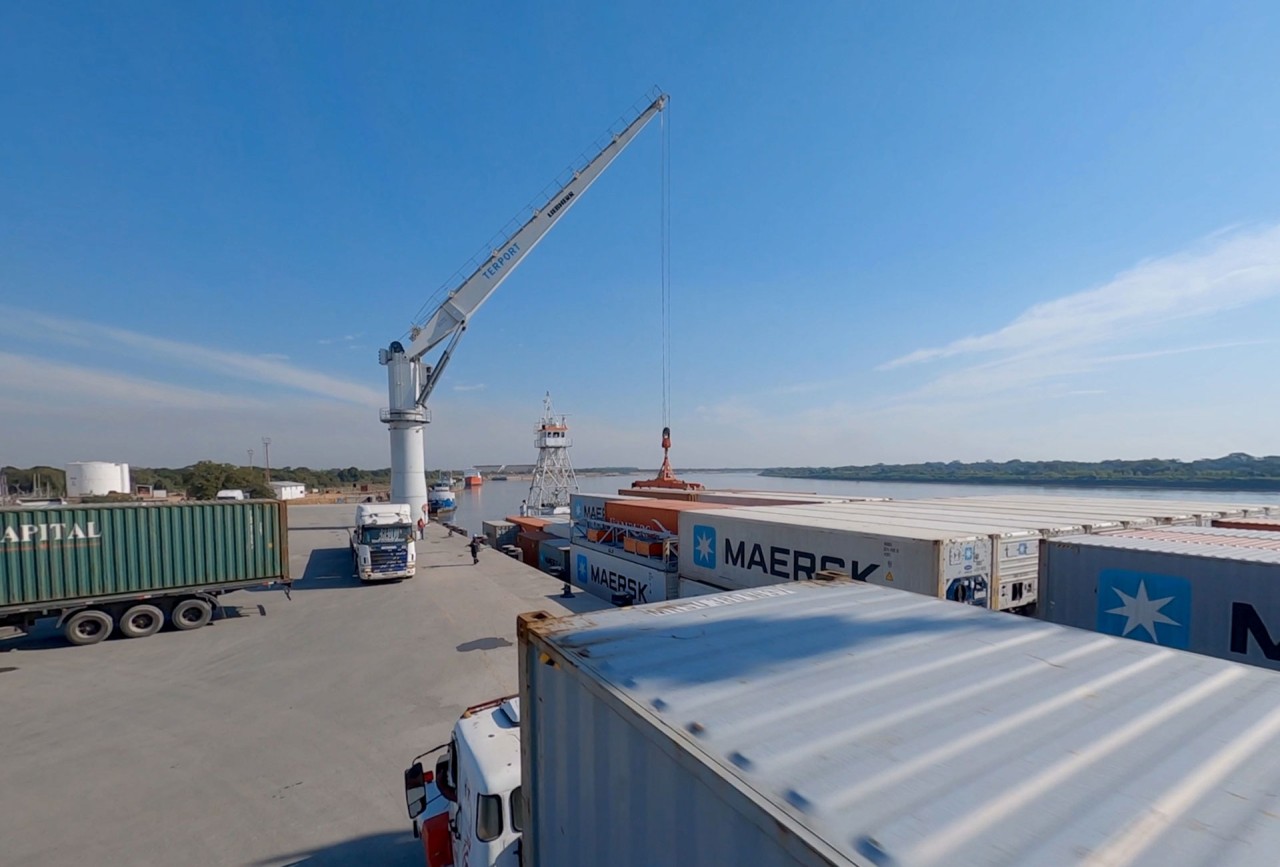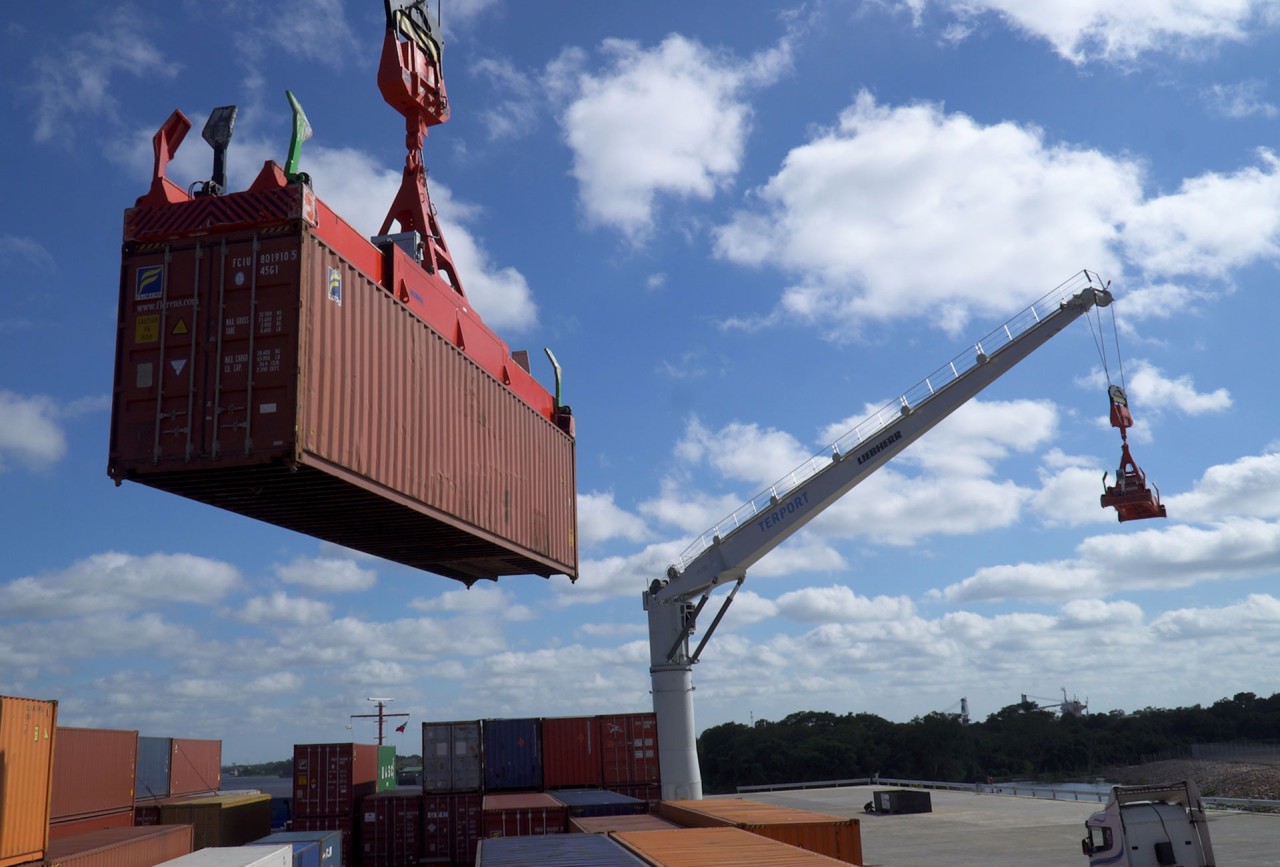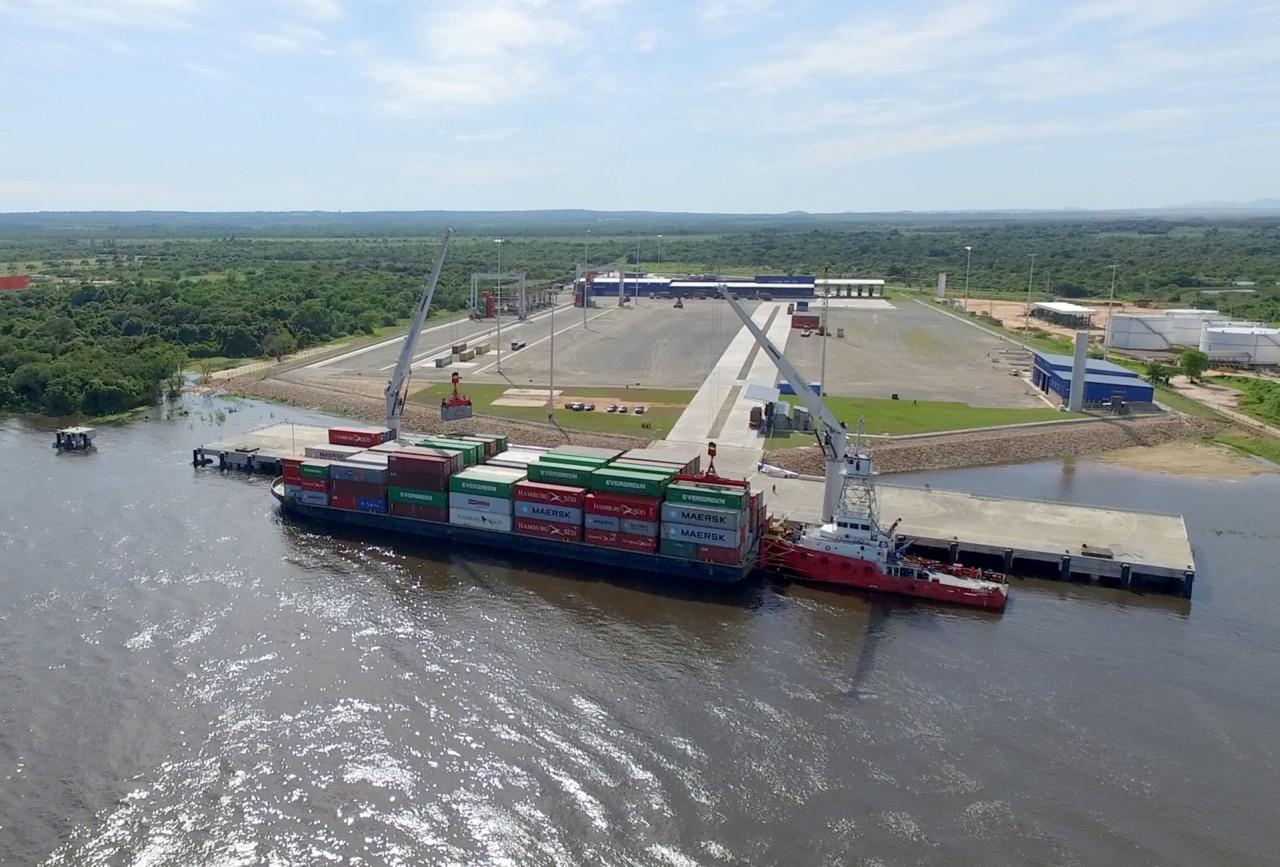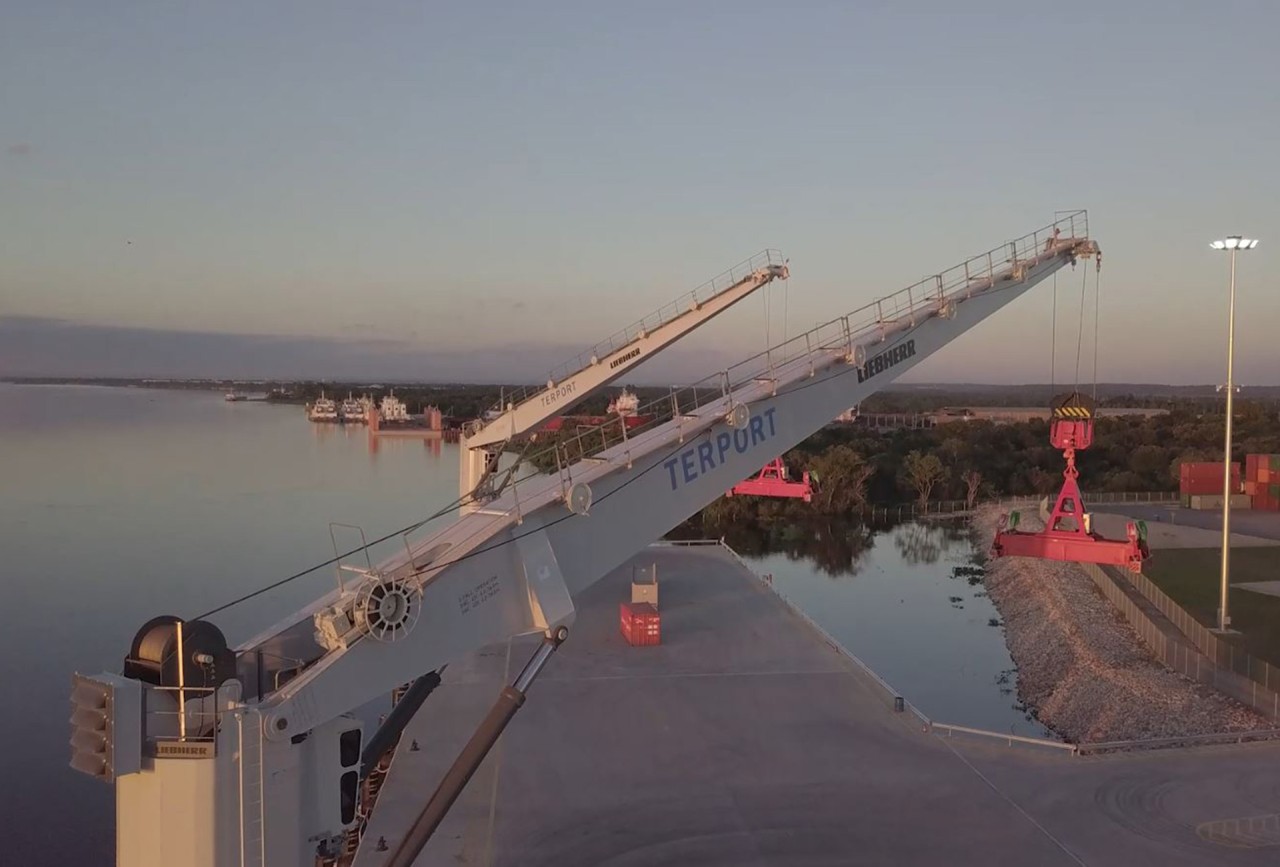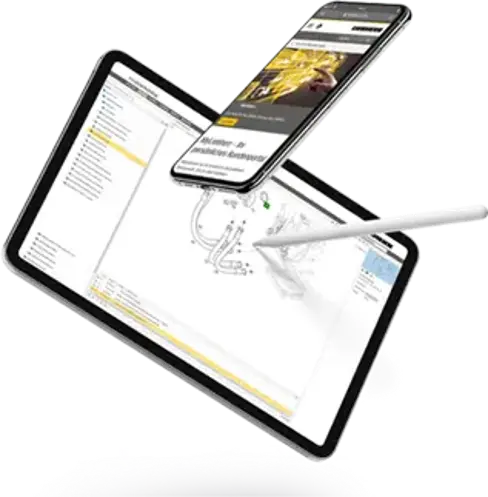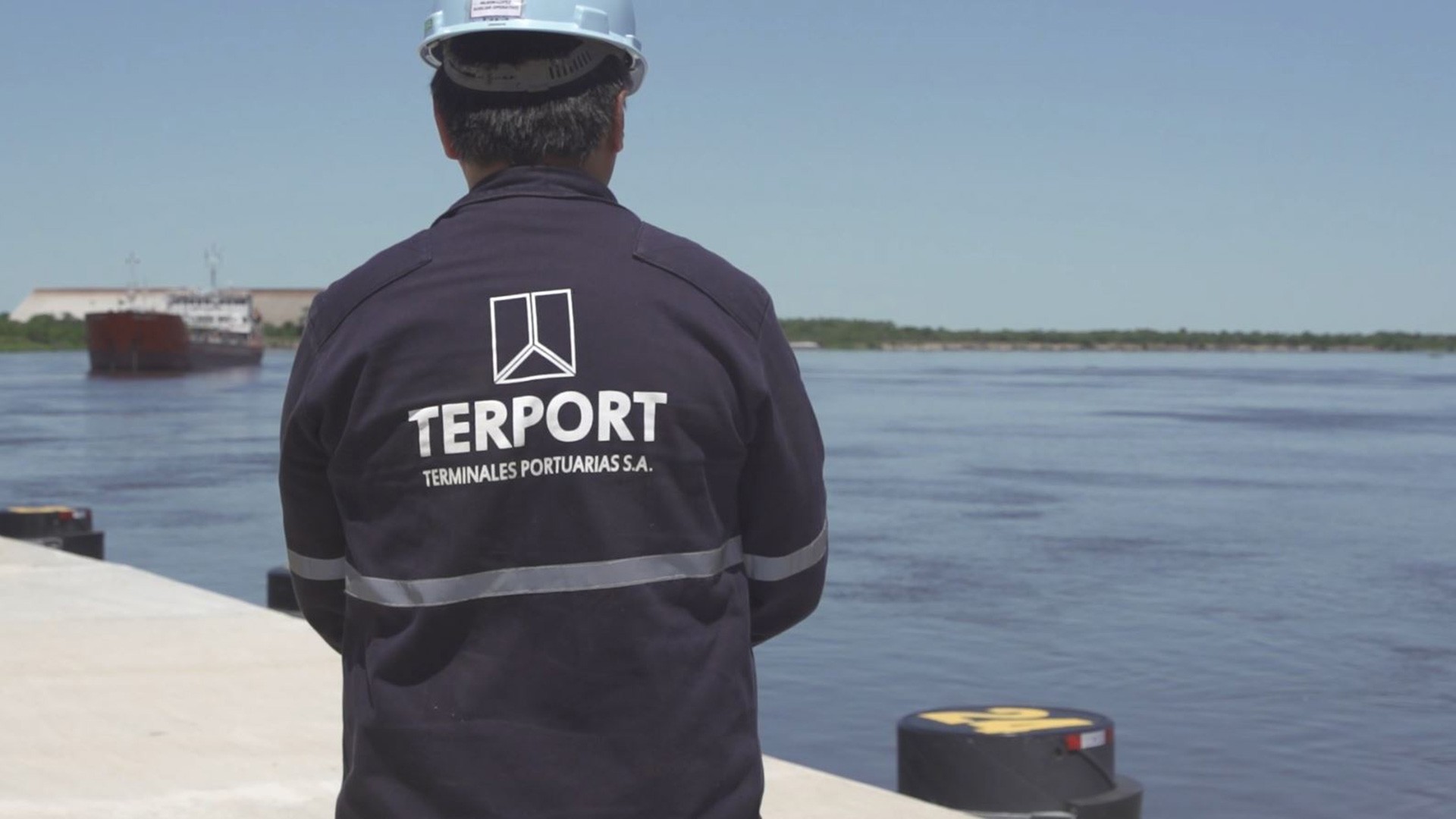
Pioneers at Río Paraguay
Pioneers at Río Paraguay
The success story of Terport
The Río Paraguay rises in Brazil, flows through Bolivia and Paraguay before it reaches the Atlantic Ocean in Argentina. It is one of the most important rivers for transportation and logistics within South America. A network of ports is located along the river as it meanders southward with a long history - the locals call it "water that goes to water". One of the most successful pioneers of container handling in the region is port operator Ricardo dos Santos, Executive Director of Terport San Antonio and Villeta. At both ports, Terport relies on Liebherr cranes.
Terport Villeta in a nutshell
First stop in, last stop out
Independent of water level
Pivot on the Río Paraguay
FCC 280 - The innovative low weight multi-tool
A key factor for the success of the terminal is the fast and smooth transfer between ship and truck - a job being done by two Liebherr FCC 280. A special highlight of the cranes is that they are powered by onshore electricity and thus operate with local zero emissions.
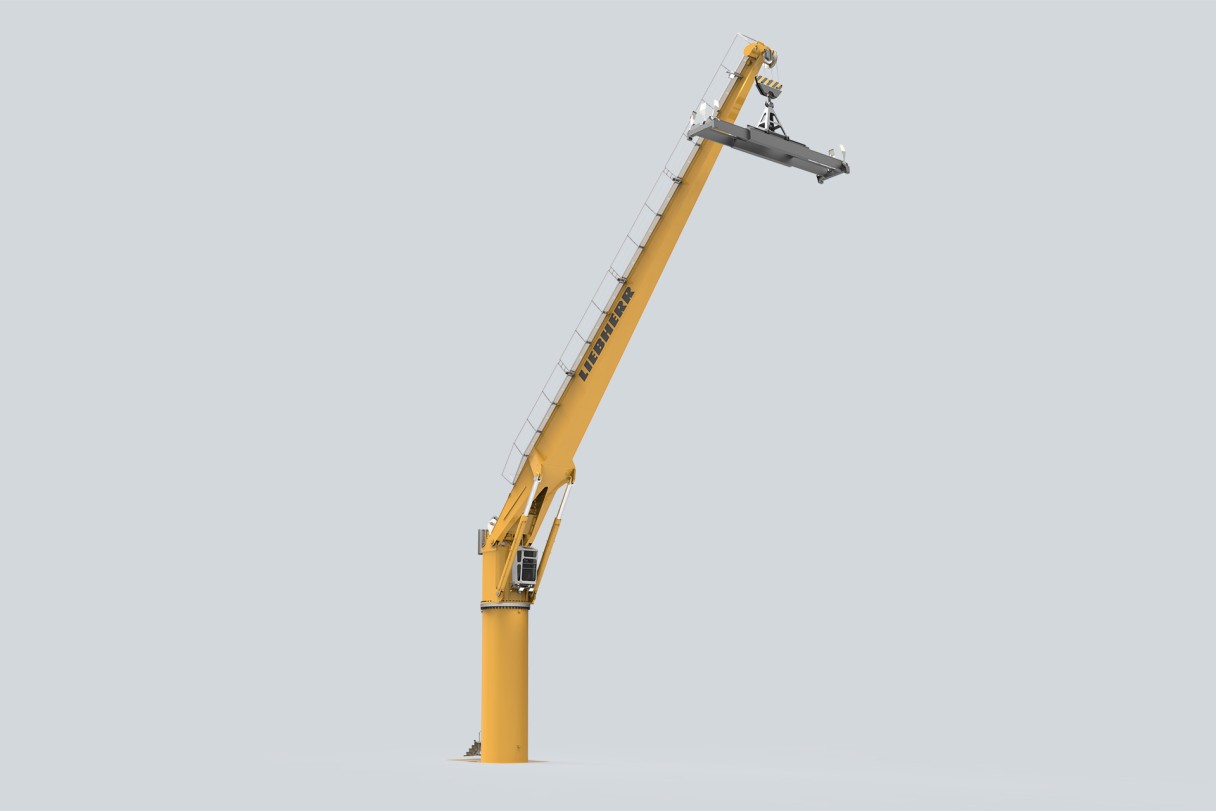
Compact: Space-saving design
Long: 38 m outreach
Fast: 50 containers per hour
Future success
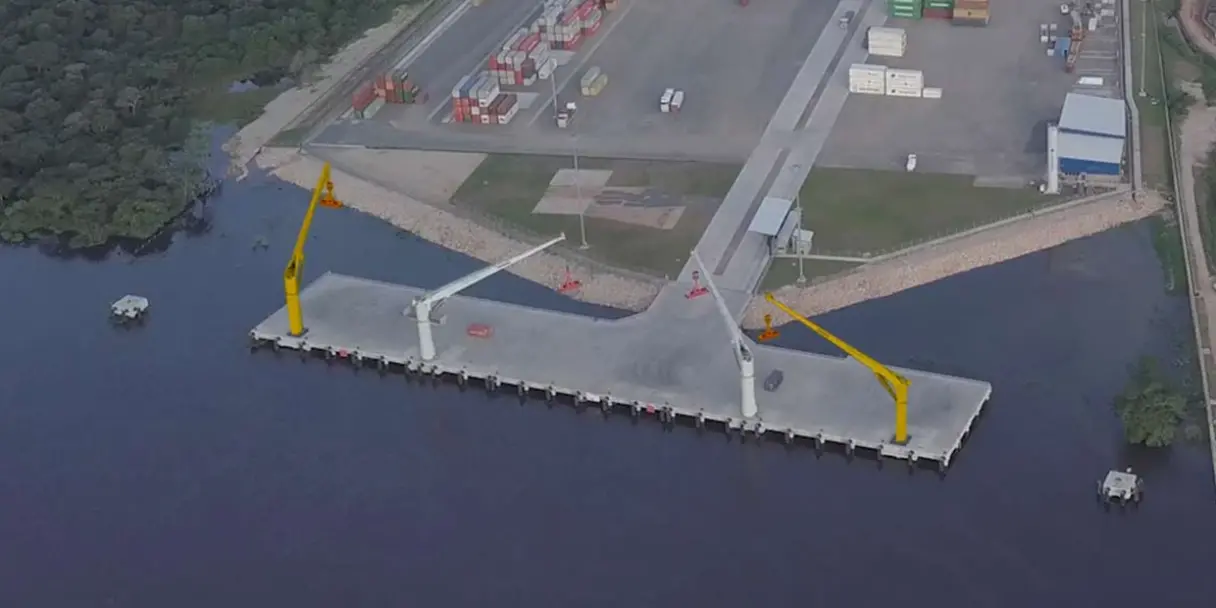

Paraguay is a steadily growing country. Already, the Terport Villeta Terminal handles large volumes of Paraguay's total container traffic. Taking into account the increasing trade volume, container handling will increase even further in the coming years.
From the very beginning, the port was designed to operate with up to four fixed cargo cranes at the pier. With the installation of two more cranes to follow in the next few years, more containers will be handled at the port.

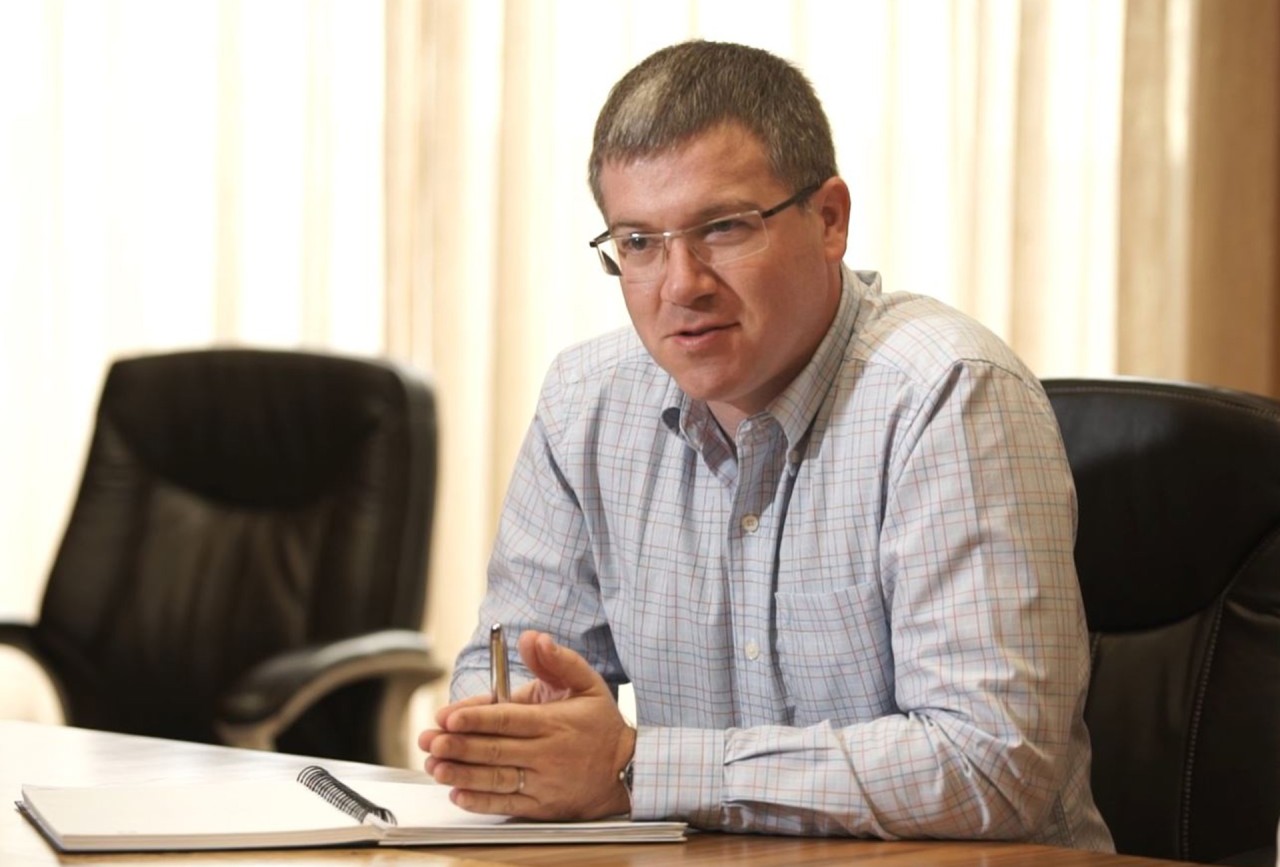
-1920x1300px_w1280.jpg)
-1920x1300px_w1280.jpg)
